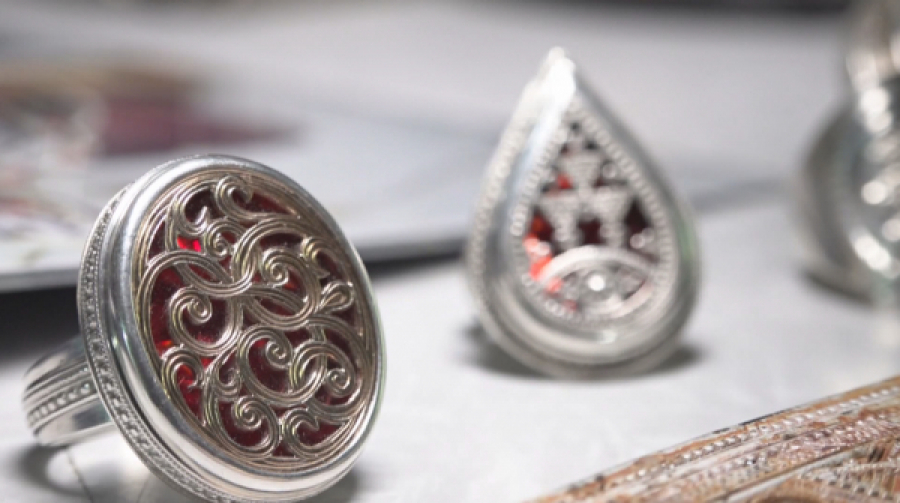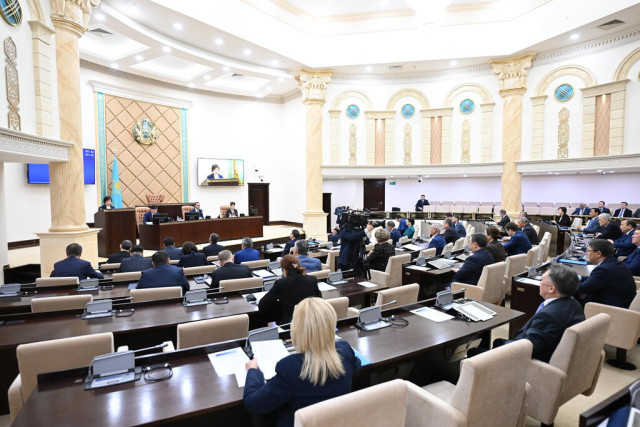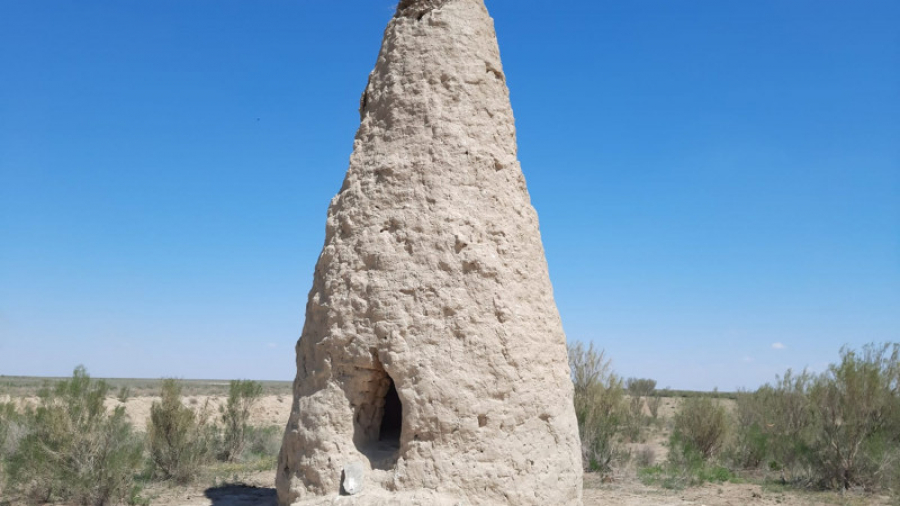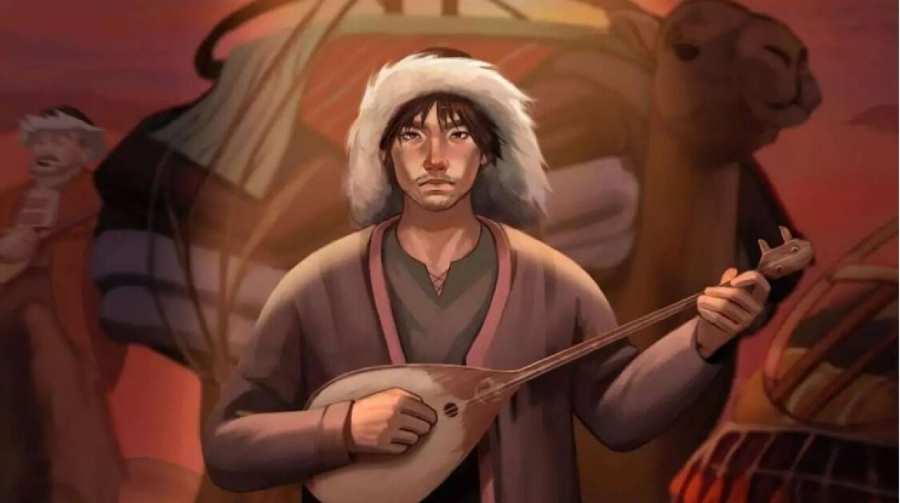
The secrets of the national jewelry art and ancient technologies are carefully kept in the family of Utepkali Umirov from Mangistau region. He has been engaging in this delicate craft for more than 30 years. Over this time, the master made almost 200,000 rings, earrings, national head garments and talismans, and taught the art of making jewelry to his two sons. Today, the fame of the beauty and exclusivity of the products of the dynasty has spread throughout the country. Orders even come from the US and Europe.
“I am glad that I am doing this, that I taught my children. My father passed on the knowledge to me, and my grandfather passed it on to him. We continue the family business. Jeweler is not just a profession. You need to be calm, patient and organized. You put a piece of your soul into the item. A person will wear jewelry for years, and it should always be in style,” said jeweler Utepkali Umirov.
“We were born in this workshop, we literally grew up with a jeweler's hammer in our hands. I want to become as skillful a master as my father. Making jewelry is a lot of work, it is knowledge of special technologies. Our goal is to make something valuable, something that a person can leave behind as an inheritance. They can be appreciated even 100 and 200 years later,” said jeweler Tolegen Utepkaliuly.
Another keeper of national handicraft traditions lives in the West Kazakhstan region. Ukuzhan Tanabaeva makes unique souvenirs from animal bones. To this day, they are given sacred meaning. Each of her items is a reflection of the culture and history of the Kazakh people. The craftswoman works on each for at least half a month. After all, even the preparation of bone material is hard and painstaking work, the woman admits.
“This is a radius bone. Based on this bone, I have created a whole project "Bereke - bailik bakyt". The revival of past traditions, the preservation of the value and culture of our people is my main goal. This is the tree of life. It consists of 75 bones, particularly radius bones, and each branch consists of three bones. There are 25 branches. For Kazakhs 25, 13, 37 are sacred numbers. I want to keep the sacred meaning in every composition,” shared Ukuzhan Tanabayeva, a craftsperson.
Translation by Galiya Khassenkhanova









